The second edition of Steven W. Blume’s bestseller provides a comprehensive treatment of power technology for the non-electrical engineer working in the electric power industry
This book aims to give non-electrical professionals a fundamental understanding of large interconnected electrical power systems, better known as the “Power Grid”, with regard to terminology, electrical concepts, design considerations, construction practices, industry standards, control room operations for both normal and emergency conditions, maintenance, consumption, telecommunications and safety. The text begins with an overview of the terminology and basic electrical concepts commonly used in the industry then it examines the generation, transmission and distribution of power. Other topics discussed include energy management, conservation of electrical energy, consumption characteristics and regulatory aspects to help readers understand modern electric power systems. This second edition features:
- New sections on renewable energy, regulatory changes, new measures to improve system reliability, and smart technologies used in the power grid system
- Updated practical examples, photographs, drawing, and illustrations to help the reader gain a better understanding of the material
- “Optional supplementary reading” sections within most chapters to elaborate on certain concepts by providing additional detail or background
Electric Power System Basics for the Nonelectrical Professional, Second Edition, gives business professionals in the industry and entry-level engineers a strong introduction to power technology in non-technical terms.

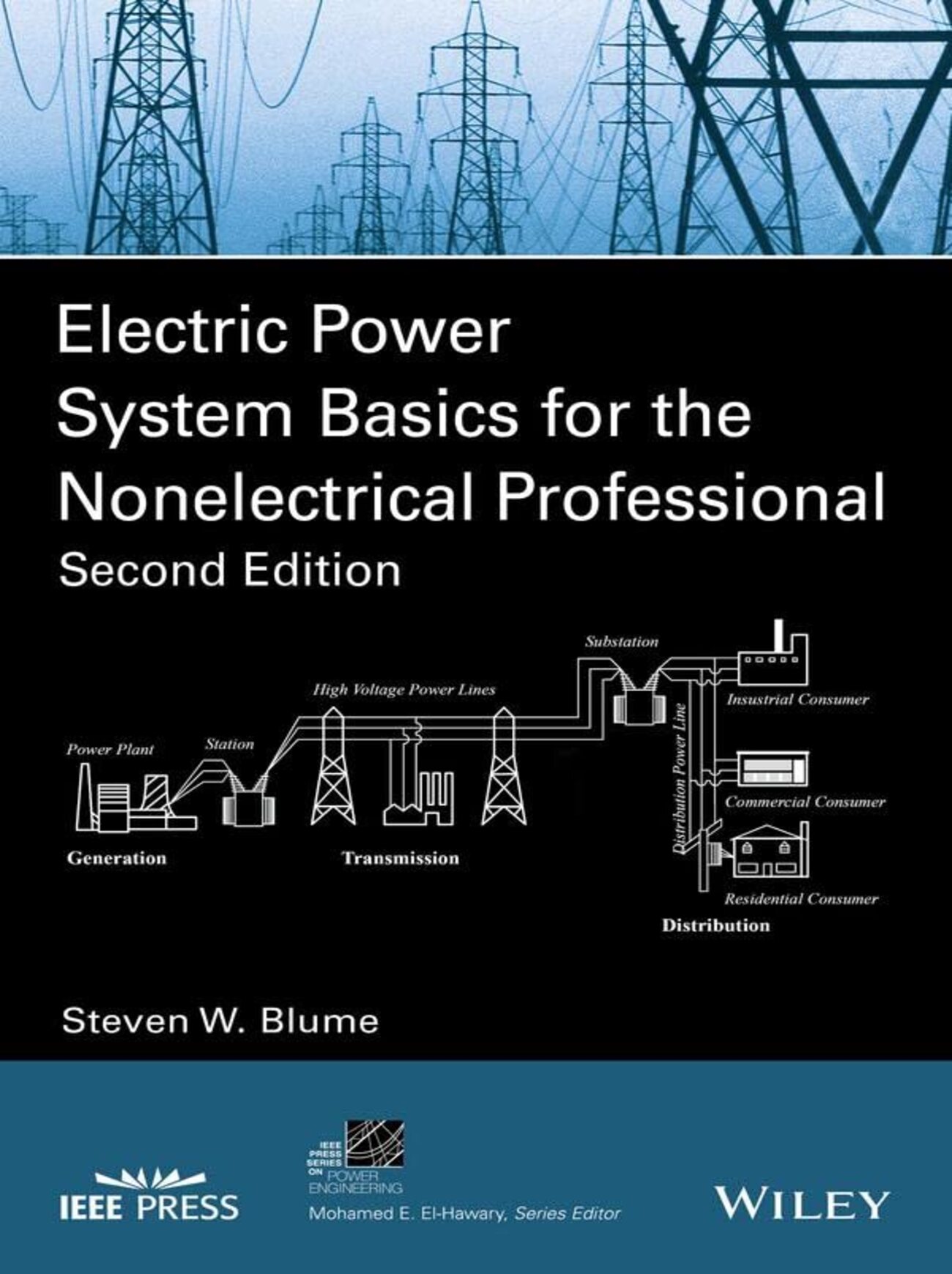
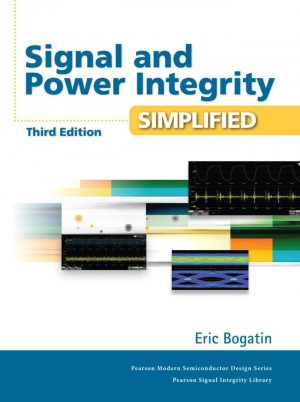
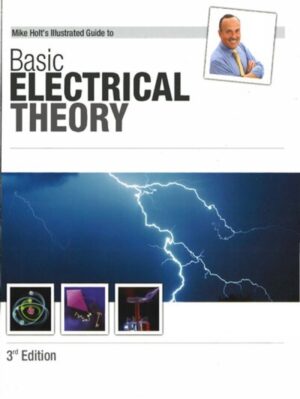
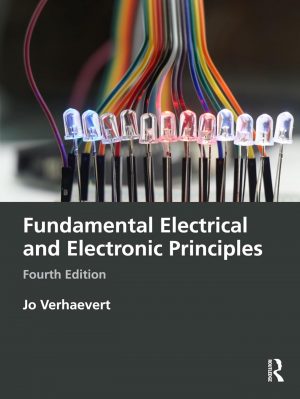
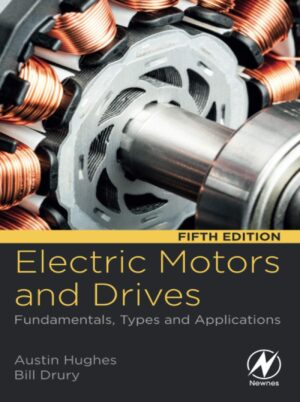
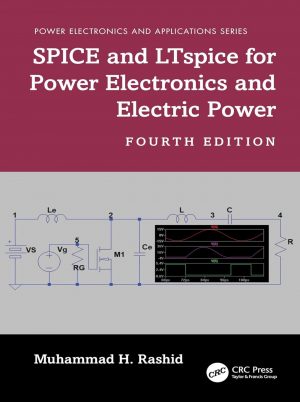
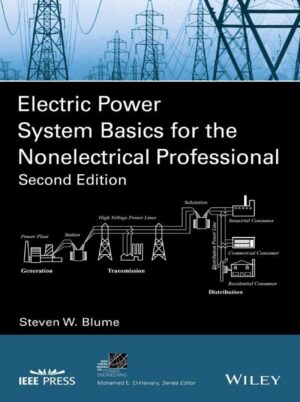
Concepts before mathmatics.
Resistance in a wire causes friction, reduces the amount of current flow, and causes heat and light. Units of electrical power associated with resistive load are watts - lightbulbs, toasters, electric hot water heaters, etc. are resistive loads. Inductive loads require a magnetic field. All electrical loads with a coil of wire producing a magnetic field are inductive loads - hair dryers, fans, blenders, vacuum cleaners, and other motorized devices. A capacitor is a device made of two metal conductors separated by an insulator. Capacitors can remain charge long after the voltage source has been removed. Examples are TV picture tubes, long extension cords, and components used in electronic devices.
AC voltage is generated by Faraday's Law - "A voltage is produced on any conductor in a changing magnetic field. Generators use a spinning magnet (rotor) next to a coil of wire to produce voltage. The amplitude of the generator's output voltage can be changed by changing the strength of the rotor's magnetic field. A single (stationary) coil of wire in the presence of a moving magnet field produces single-phase AC, three single-phase (stationary) windings produce three-phase ac.
Lenz's Law states that 'a current flowing in a wire produces a magnetic field around the wire.' Increasing the voltage or number of turns in the winding increases the magnetic field, while conversely decreasing either decreases the magnetic field. Most generators use slip rings to complete the circuit between the stationary exciter voltage source and the rotating coil on the rotor. Increasing the number of magnetic poles on the rotor enables rotor speeds to be slower and still maintain the same electric output frequency.
High-voltage transmission lines move power much more efficiently than lower-voltage distribution lines because increasing the voltage allows one to decrease the current for the same amount of power, while transport losses are a function of the square of the current flowing and reducing the current allows one to use smaller conductor sizes. Bundling conductors significantly increases the power transfer capability of a line. The larger the diameter of the conductor, the less resistance there is to current flow. Aluminum is a good conductor but not as god or durable as copper - however, it costs less and weighs much less than copper. Steel is a poor conductor compared to copper and aluminum, but often used as the core in aluminum conductors to increase tensile strength.
Open air has a flashover voltage rating - a rule of thumb is one foot of air gap for every 100 kV of voltage. Transmission lines located near oceans, alkali salt flats, cement factories, etc. require extra insulation for transmission lines.
Underground transmission is usually 3X to 10X more costly than overhead transmission. Cables are made of solid dielectric polyethylene materials and can have ratings about 400 kV. DC transmission lines do not have phases - just positive and negative poles; there are also no concerns about synchronizing frequency between interconnected systems.
Taps (connection points to a coil) are used to provide options for various turns ratio scale factors to best match operating current to current needs. Autotransformers share a winding and a common core.
Utility companies use voltage regulators to keep the voltage level within an acceptable range. The regulators have several taps on the windings that are changed automatically by a motor-driven control system